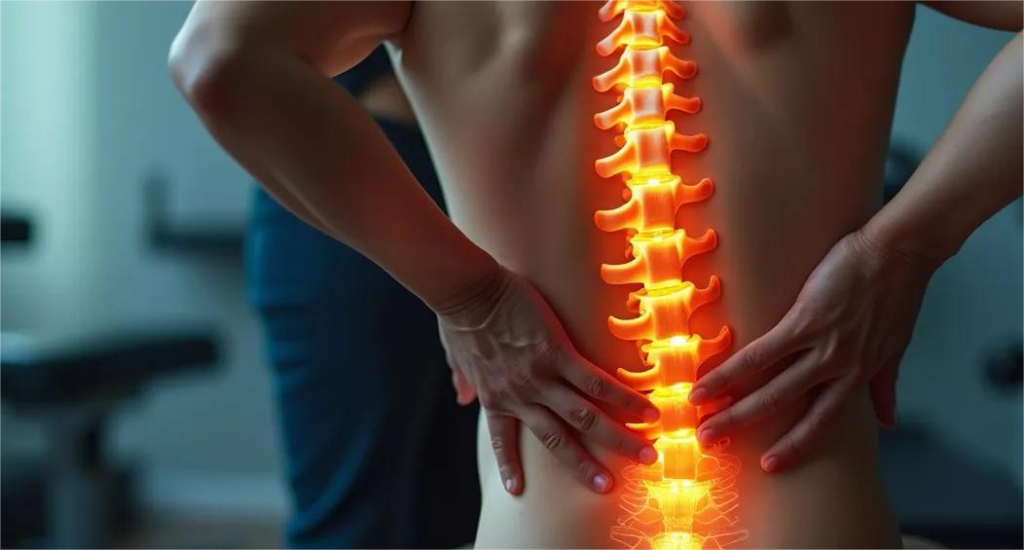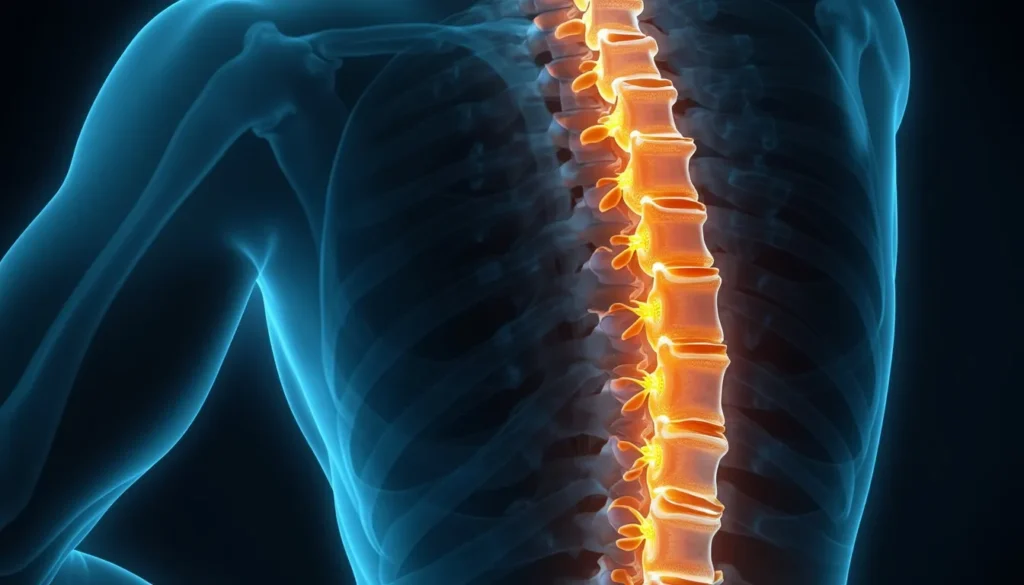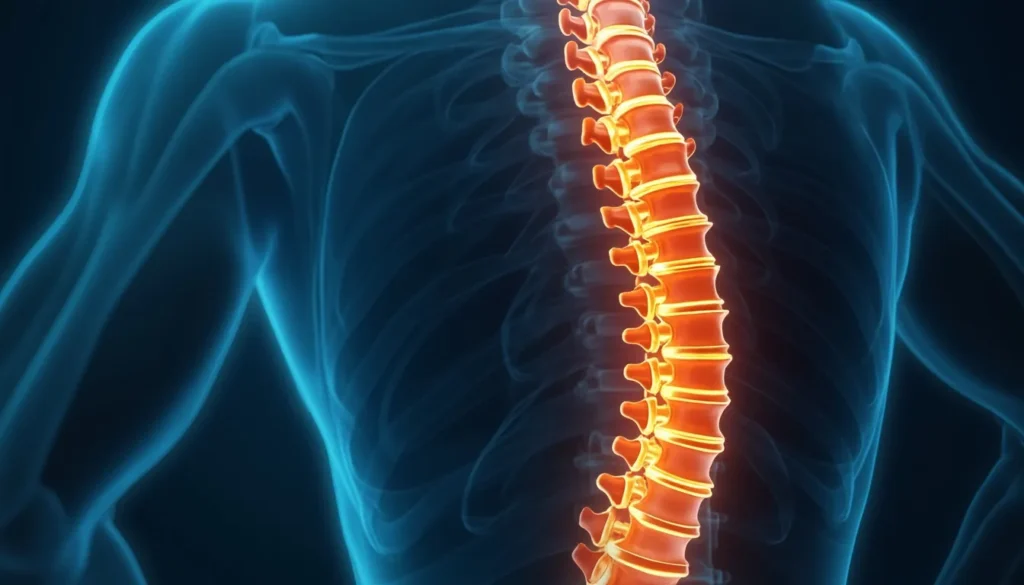Chiropractic care is a holistic and non-invasive approach to health and wellness that focuses on restoring proper spinal alignment and promoting overall well-being. With numerous chiropractic techniques available, individuals seeking treatment can benefit from a variety of specialized methods tailored to their unique needs.
At Back In Motion in Yorktown, VA, we provide a range of chiropractic techniques designed to alleviate pain, enhance mobility, and improve overall health. This article explores the most effective chiropractic techniques, their benefits, and how they can help you achieve optimal wellness.

Common Chiropractic Techniques
1. Spinal Manipulation (Adjustments)
Spinal manipulation, also known as a chiropractic adjustment, is one of the most widely used techniques. It involves applying controlled force to spinal joints to restore proper alignment, reduce pain, and enhance overall function.
Benefits:
- Relieves back and neck pain
- Improves spinal mobility
- Enhances nervous system function
2. Diversified Technique
The Diversified Technique is a manual adjustment method that corrects misalignments in the spine and extremities. Chiropractors use quick, precise thrusts to restore movement and function.
Benefits:
- Provides immediate relief from pain
- Improves joint function
- Helps with sports injuries and posture correction
3. Gonstead Technique
The Gonstead Technique is a highly specific method that focuses on identifying misaligned vertebrae and using precise adjustments to correct them. This technique often includes X-rays and detailed spinal analysis.
Benefits:
- Targets specific problem areas
- Enhances mobility and alignment
- Ideal for patients with chronic conditions
4. Activator Method
The Activator Method is a gentle, instrument-assisted chiropractic technique that uses a handheld device to deliver low-force adjustments. This method is particularly beneficial for individuals who prefer a less forceful approach.
Benefits:
- Effective for elderly patients and those with osteoporosis
- Reduces tension and stiffness
- Enhances nervous system communication

5. Thompson Drop-Table Technique
This technique uses a specialized table with drop pieces that assist in delivering a more gentle adjustment. The chiropractor applies a controlled force while the table drops slightly to enhance the impact of the adjustment.
Benefits:
- Reduces discomfort during treatment
- Improves spinal alignment
- Helps with postural corrections
6. Flexion-Distraction Technique
The Flexion-Distraction Technique is particularly effective for treating conditions such as herniated discs and sciatica. It involves a specialized table that gently stretches and flexes the spine, relieving pressure on spinal nerves.
Benefits:
- Non-invasive treatment for disc-related issues
- Reduces pain and inflammation
- Enhances spinal mobility
7. Soft Tissue Therapy
Chiropractors often incorporate soft tissue therapy to complement spinal adjustments. Techniques such as trigger point therapy, myofascial release, and deep tissue massage help relieve muscle tension and improve circulation.
Benefits:
- Reduces muscle tightness
- Enhances blood flow and healing
- Improves flexibility and range of motion
8. Spinal Decompression Therapy
Spinal decompression is a non-surgical technique used to relieve pressure on the spine. This technique is commonly used for patients with herniated discs, sciatica, and degenerative disc disease.
Benefits:
- Reduces spinal nerve compression
- Alleviates chronic back pain
- Supports long-term spinal health

9. Postural Correction Techniques
Poor posture can lead to chronic pain and spinal misalignment. Chiropractors offer postural correction therapy that includes specific adjustments, exercises, and ergonomic guidance to improve posture.
Benefits:
- Reduces strain on the spine and joints
- Enhances overall body balance
- Prevents future spinal issues
10. Rehabilitative Exercises
Chiropractors often prescribe rehabilitative exercises to complement in-office treatments. These exercises help strengthen muscles, improve flexibility, and support recovery from injuries.
Benefits:
- Enhances treatment outcomes
- Strengthens core muscles
- Prevents re-injury
How to Choose the Right Chiropractic Technique
Choosing the right chiropractic technique depends on several factors, including:
- Your specific condition (e.g., back pain, sciatica, or posture correction)
- Your comfort level with manual adjustments
- Recommendations from your chiropractor based on your health assessment
A professional chiropractor will assess your condition and determine the best technique to help you achieve optimal wellness.
Long-Term Benefits of Chiropractic Care
Regular chiropractic care offers numerous benefits beyond pain relief. These include:
- Improved posture and spinal health
- Enhanced mobility and flexibility
- Better nervous system function
- Reduced stress and tension
- Increased overall energy and well-being
By incorporating chiropractic care into your wellness routine, you can experience long-lasting improvements in your physical health and overall quality of life.
Frequently Asked Questions (FAQ)
1. Are chiropractic adjustments safe? Yes, chiropractic adjustments are safe when performed by a licensed chiropractor. They are a non-invasive and drug-free approach to pain relief and wellness.
2. How many chiropractic sessions do I need? The number of sessions varies depending on the condition being treated. Some patients see improvements after a few visits, while others may require ongoing care for chronic conditions.
3. Can chiropractic care help with headaches? Yes, chiropractic adjustments can reduce tension and nerve irritation that contribute to headaches and migraines.
4. Is spinal decompression therapy painful? No, spinal decompression therapy is a gentle and painless treatment designed to relieve pressure on spinal nerves and improve mobility.
5. Can chiropractic care prevent future injuries? Yes, chiropractic care improves posture, mobility, and flexibility, reducing the risk of future injuries.
6. What’s the best chiropractic technique for lower back pain? Techniques such as spinal adjustments, flexion-distraction, and soft tissue therapy are highly effective for lower back pain relief.
7. Do chiropractic treatments require a referral? No, you do not need a referral to visit a chiropractor. You can book an appointment directly with a licensed chiropractic provider.
